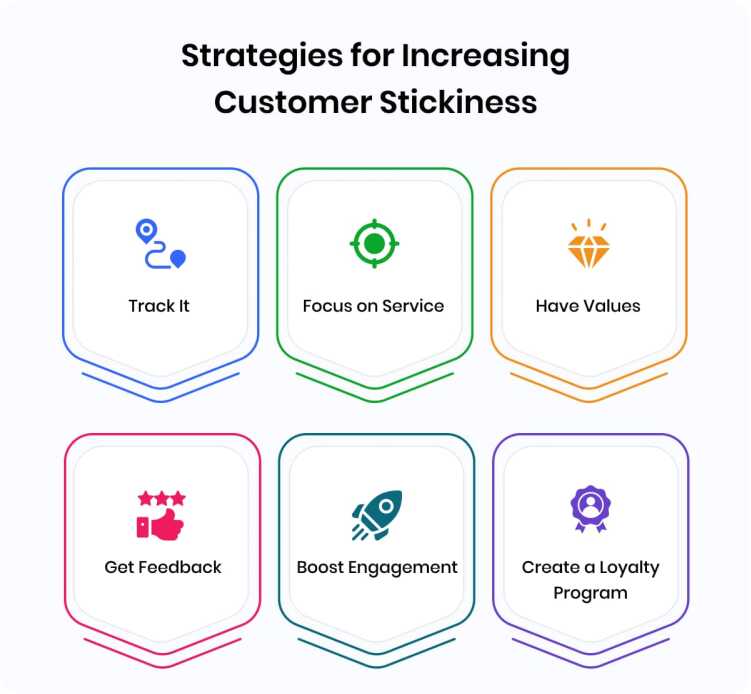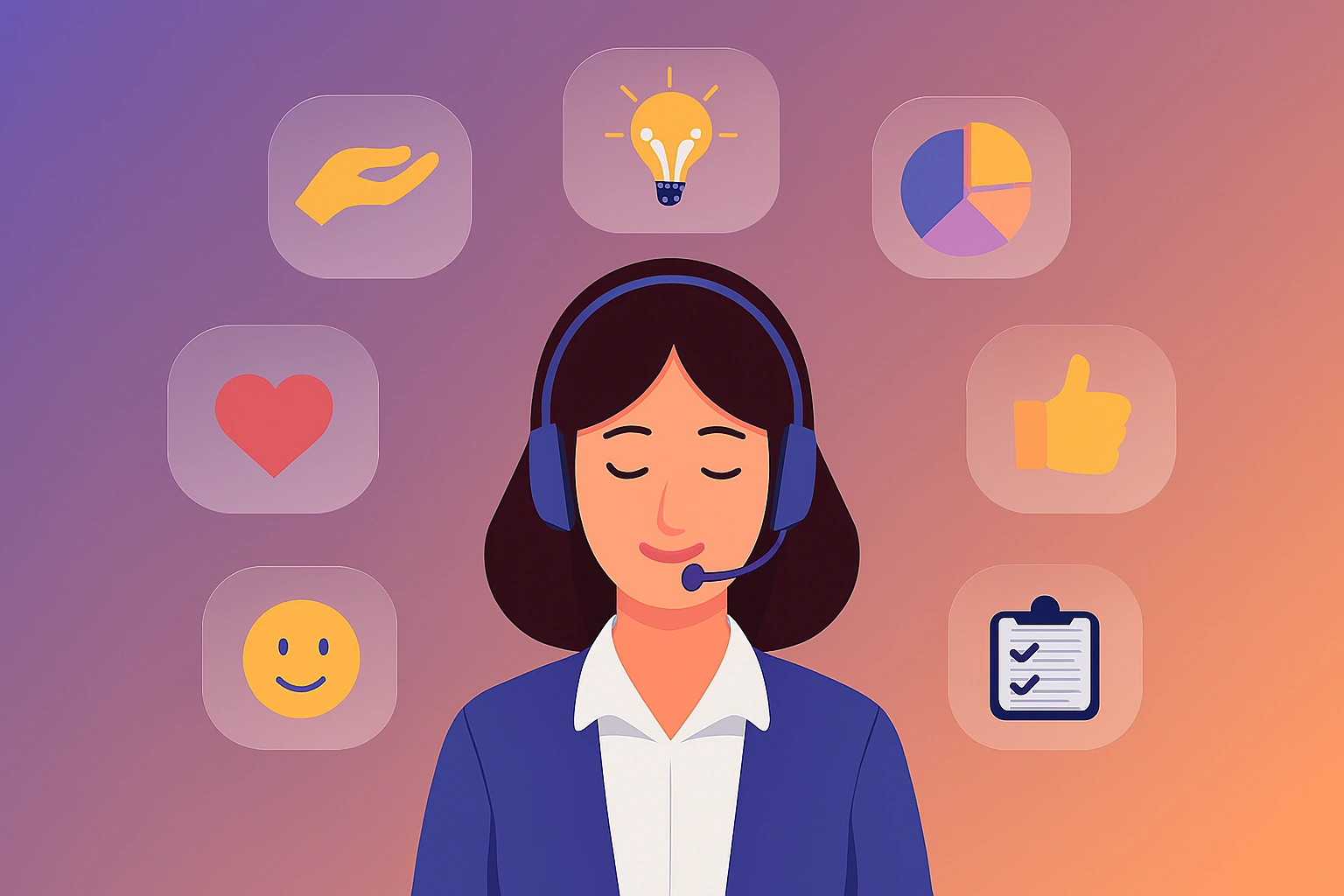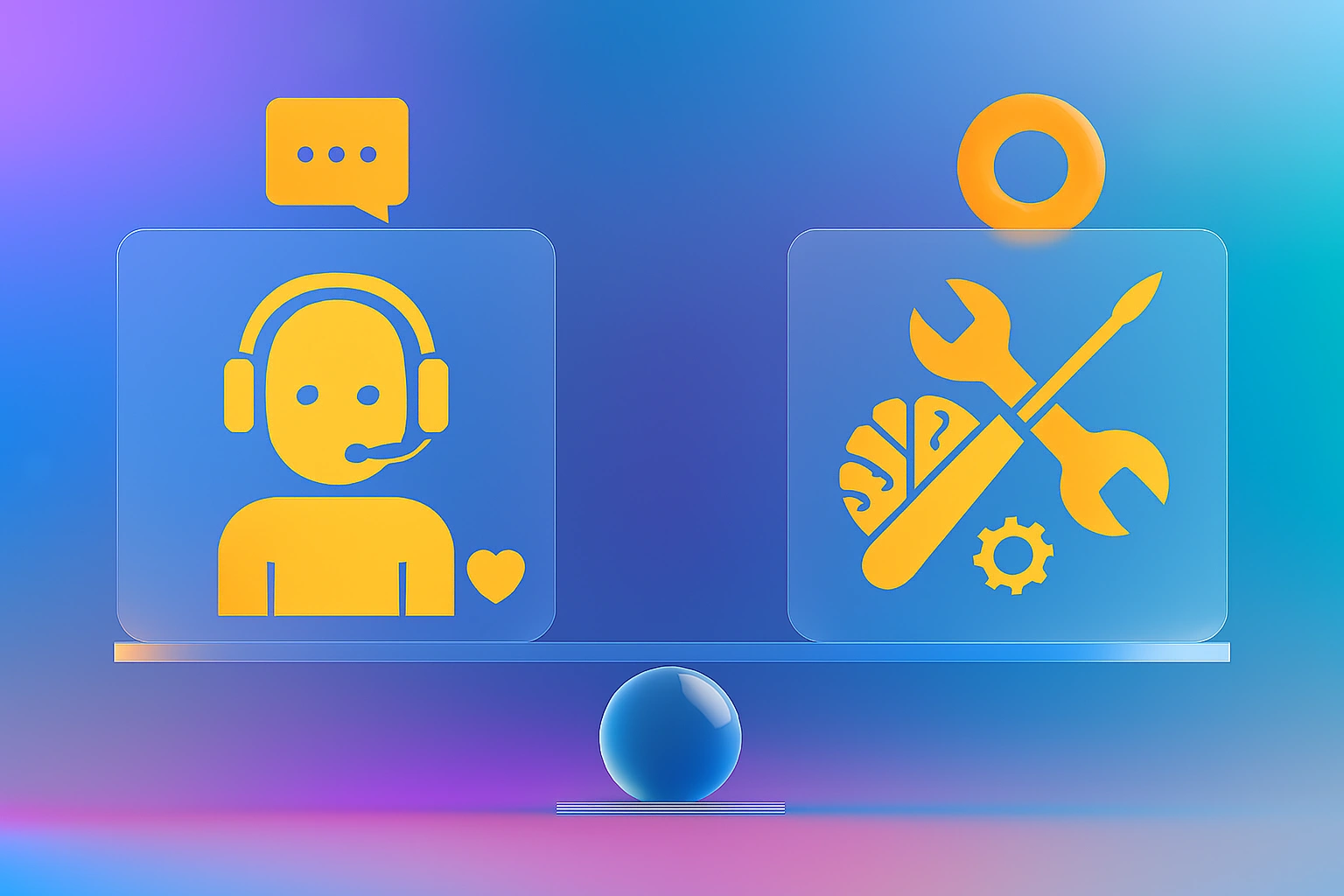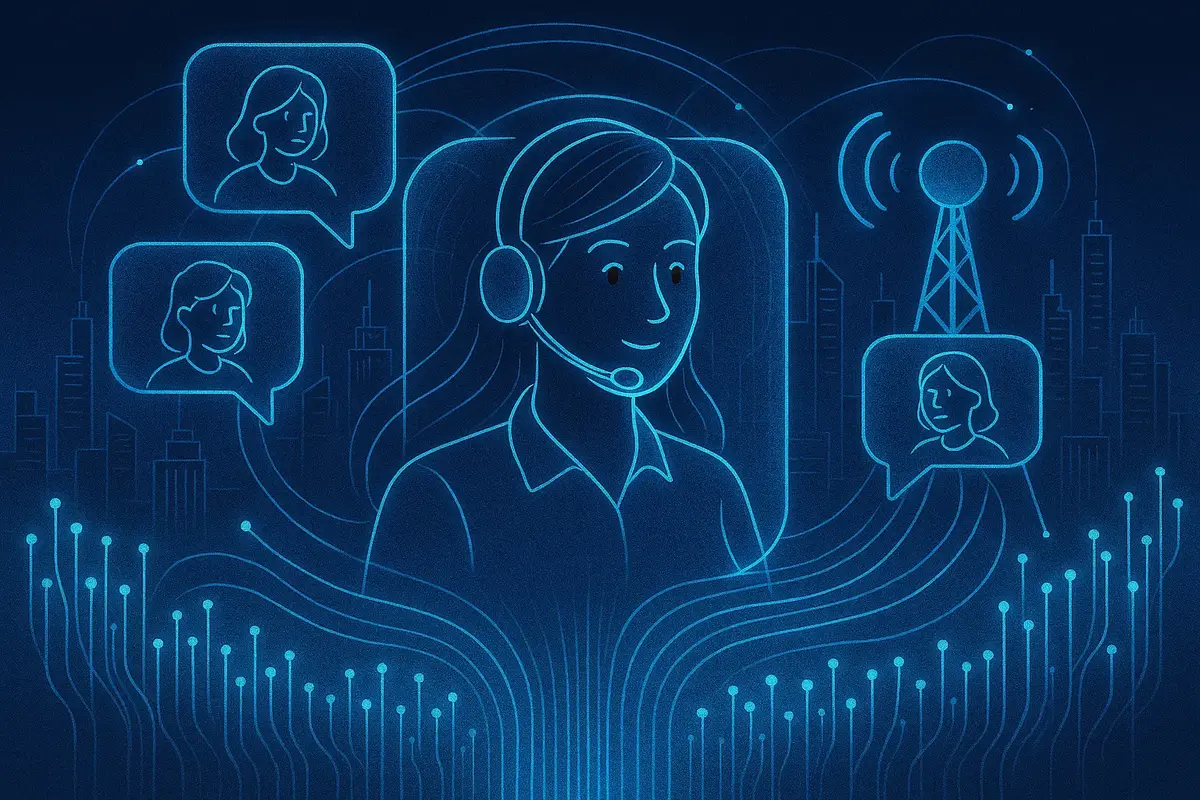Customer Stickiness Definition, Importance & Benefits
- April 12, 2023
- 9 mins read
- Listen

Do you struggle to keep customers coming back to your business? Are you constantly searching for new customers instead of focusing on retaining existing ones? In today’s competitive marketplace, customer stickiness is more critical than ever. It refers to the ability of a business to keep customers coming back and remaining loyal to its brand.
It is the secret sauce that separates successful businesses from those that struggle to survive. In this blog post, we’ll explore what customer stickiness is, why it’s essential, and how you can increase it for your business.
What is Customer Stickiness?
Customer stickiness refers to the ability of a business to retain its customers over a long period of time. It is a measure of how loyal and committed customers are to a particular brand or company.
A business with high customer stickiness will have customers who are satisfied with its products or services, have a strong emotional attachment to the brand, and are more likely to continue doing business with them in the future.
Customer stickiness is important because it can lead to increased profitability and a sustainable competitive advantage. Companies with high customer stickiness are able to generate more revenue from existing customers, reduce customer acquisition costs, and benefit from positive word-of-mouth recommendations from loyal customers.
They also have a better chance of withstanding competitive pressures and economic downturns.
Customer Stickiness Vs. Loyalty
Customer stickiness and loyalty are related concepts, but they are not the same thing.
It refers to the degree to which a customer is likely to continue doing business with a company. It is often measured by metrics such as customer retention rate, repeat purchase rate, and customer lifetime value.
Loyalty, on the other hand, refers to a customer’s emotional attachment to a brand or company. It is often measured by metrics such as net promoter score, customer satisfaction, and customer advocacy.
While customer stickiness focuses on the economic and behavioral aspects of customer retention, loyalty focuses on the emotional and attitudinal aspects. Customers may continue doing business with a company out of habit or convenience, even if they do not feel particularly loyal to the brand.
Conversely, a customer may feel a strong emotional connection to a brand, but still, be willing to switch to a competitor if they perceive better value or experience elsewhere.
Both customer stickiness and loyalty are important for a company’s long-term success. High customer stickiness can lead to increased customer lifetime value, while high loyalty can lead to positive word-of-mouth recommendations and a stronger brand reputation.
Why is Customer Stickiness Important?
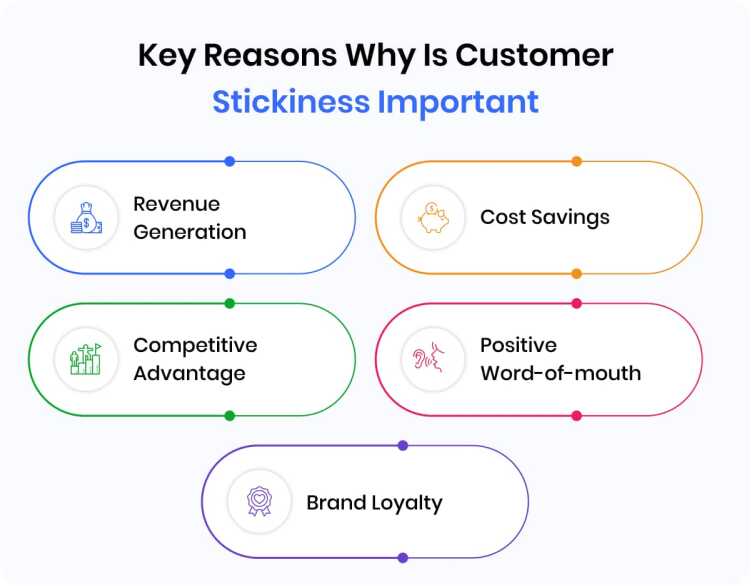
- Revenue generation: A business with high customer stickiness is able to generate more revenue from existing customers, as they are more likely to make repeat purchases and upsell opportunities over time.
- Cost savings: Acquiring new customers is often more expensive than retaining existing ones. A high level of customer stickiness can reduce the cost of customer acquisition and marketing, resulting in increased profitability.
- Competitive advantage: Companies with high customer stickiness have a competitive advantage over those with lower customer retention rates. They are better equipped to withstand economic downturns and market fluctuations and are less vulnerable to competition.
- Positive word-of-mouth: Loyal customers are more likely to recommend a company to their friends and family, which can result in increased brand awareness and customer acquisition.
- Brand loyalty: It can result in stronger brand loyalty and emotional attachment to the brand. This can help to differentiate a company from its competitors and build a strong brand reputation.
What Are the Benefits of Increasing Customer Stickiness?
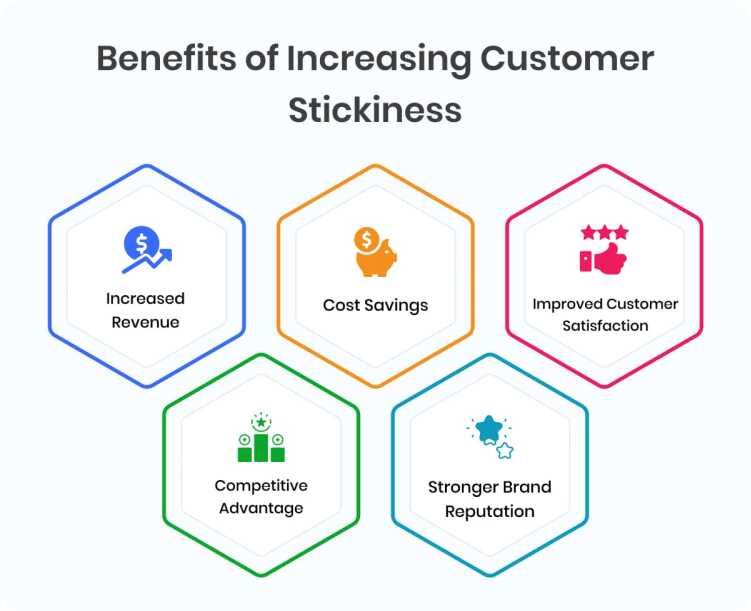
- Increased revenue: When customers stick around for longer periods, they tend to spend more money over time. By increasing customer stickiness, a business can tap into this revenue stream and boost its overall profits.
- Cost savings: Acquiring new customers is typically more expensive than retaining existing ones. By increasing customer stickiness, a business can reduce its marketing and acquisition costs, leading to improved profitability.
- Improved customer satisfaction: When customers feel satisfied with a business, they are more likely to stick around. By increasing customer stickiness, a business can improve its overall customer satisfaction levels, which can lead to more positive reviews, referrals, and repeat business.
- Competitive advantage: A business with high customer stickiness is less vulnerable to the competition, as it is able to retain its existing customers more effectively. This can help it to build a sustainable competitive advantage and improve its market position.
- Stronger brand reputation: By keeping customers satisfied and engaged over time, a business can build a strong brand reputation that can help it to attract new customers and retain existing ones. This can be a powerful asset in the marketplace and lead to increased market share.
6 Result-driven Strategies for Increasing Customer Stickiness
1. Track It
The first step in increasing customer stickiness is to track and measure customer behavior. By monitoring customer activity and interactions, businesses can gain insight into what works and what doesn’t in terms of customer engagement.
This information can then be used to adjust and refine customer experience strategies, ultimately leading to increased loyalty and retention.
2. Focus on Service
Providing exceptional customer service is key to building customer stickiness. Businesses should prioritize customer needs and consistently deliver a high-quality experience across all touchpoints. This means investing in staff training, streamlining processes, and adopting a customer-centric mindset.
- Put the customer first: This may seem obvious, but it’s essential to prioritize the customer in everything you do. Make sure your team understands the importance of providing exceptional service, and empower them to go above and beyond to meet customer needs. When you put the customer first, it shows you better understand what is customer value and how to deliver that.
- Be responsive and available: Make sure you have multiple channels available for customers to reach out to, such as phone, email, chat, and social media. Respond promptly to inquiries and follow up until the issue is resolved. Consider implementing a ticketing system to track customer requests and ensure nothing falls through the cracks.
- Listen and gather feedback: Listening to your customers is critical to understanding their needs and improving your service. Encourage feedback at every touchpoint, and use that feedback to make meaningful changes. Ask open-ended questions, and actively listen to what customers have to say. Respond to feedback with appreciation and gratitude, and make sure to follow up on any issues or suggestions.
3. Have Values
Companies that embody a strong set of values are often more successful in building customer loyalty. This means aligning with causes and principles that resonate with customers and actively promoting these values in marketing and customer communications.
4. Get Feedback
Gathering feedback from customers is crucial in understanding their needs and preferences. Well, they should regularly solicit feedback through surveys, social media, or other channels. This feedback can be used to fine-tune product and service offerings and improve customer satisfaction.
- Ask for feedback in a timely manner: Timing is crucial when it comes to collecting customer feedback. If you ask for feedback too soon, your customers may not have had enough time to form an opinion. One approach is to send a follow-up email or message within 24-48 hours after the customer has interacted with your product or service. This way, their experience will still be fresh in their minds.
- Make it easy and engaging: The easier you make it for customers to provide feedback, the more likely they are to do so. Avoid lengthy surveys or complex questionnaires that can be overwhelming and time-consuming. Instead, use a simple, user-friendly feedback form with a clear call to action.
5. Boost Engagement
Creating opportunities for customers to engage with a brand is essential in building loyalty. This can include personalized messaging, social media engagement, and exclusive content.
By creating a sense of community and fostering ongoing dialogue, businesses can keep customers engaged and invested in the brand. It’s equally important to understand the consumer behavior model and see the strategies that can driven engagement.
Here are three tips to boost engagement:
- Create valuable content: It is key to boosting engagement. Your content should be informative, relevant, and engaging. Use storytelling techniques to connect with your audience and make your content more memorable.
- Use social media: It is a powerful tool for boosting engagement. Use platforms like Instagram, Twitter, and Facebook to share your content and connect with your audience. Use hashtags to increase visibility and encourage user-generated content.
- Encourage interaction: Encourage interaction with your audience by asking questions, responding to comments, and hosting contests. This will help build a sense of community around your brand and keep your audience engaged. You can also consider using interactive content such as polls, quizzes, and surveys to engage with your audience.
6. Create a Loyalty Program
Implementing a loyalty program can be an effective way to incentivize repeat purchases and drive customer stickiness. These programs typically reward customers for their loyalty through discounts, special offers, or other perks.
whether it’s acquisition or retention, a well-designed loyalty program can strengthen the bond between customers and the brand, leading to increased retention and revenue.
Here are some tips to create a loyalty program:
- Identify your target audience: Before creating a loyalty program, identify your target audience and understand their behavior, preferences, and expectations. This will help you create a program that meets their needs.
- Determine the rewards: Rewards can include discounts, free products, exclusive offers, or access to special events.
- Set clear goals: Set clear goals for your loyalty program, such as increasing customer retention, generating repeat business, or attracting new customers.
- Personalize the experience: Personalize the loyalty program experience by tailoring rewards and offers to each customer’s preferences and behavior. Use data and analytics to understand their buying patterns, and customize the rewards accordingly.
Summary
Customer stickiness is the key to building a successful and sustainable business. By focusing on providing exceptional customer service, creating a personalized experience, and continuously improving your products and services, you can create a loyal customer base that will stick around for the long haul.
Don’t underestimate the power of customer stickiness in growing your business and ensuring its longevity. Start implementing these strategies today and watch as your customer base grows and thrives. Remember, a happy customer is a loyal customer, and loyalty is the foundation of any successful business.


